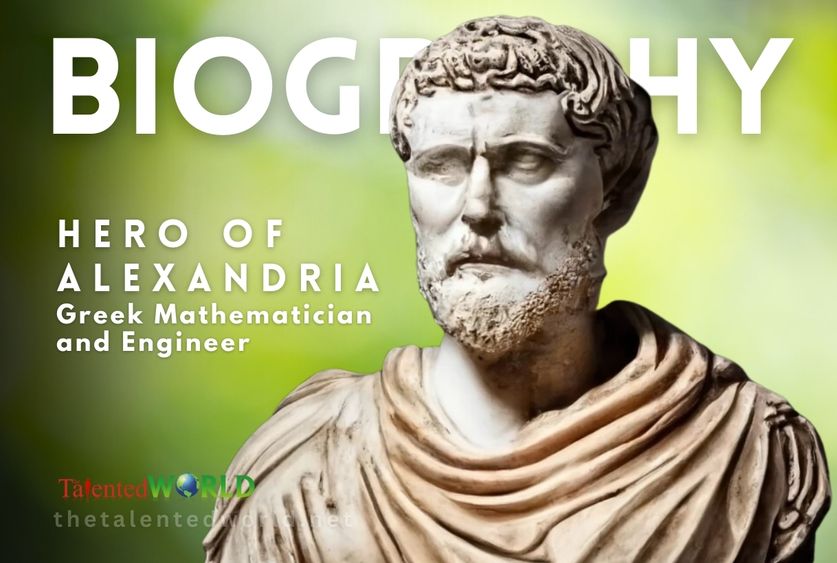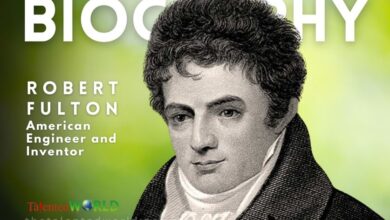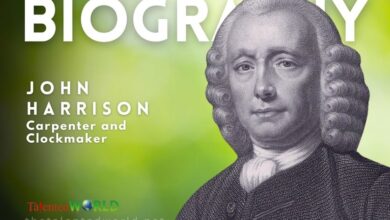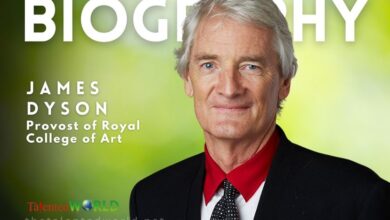| Hero’s aeolipile | Rocket-like steam engine and first recorded steam engine. |
| Hero’s wind-powered organ | First instance in history of wind powering a machine, specifically an organ. |
| Vending machine | First vending machine dispensed water for ablutions when a coin was inserted. |
| Mechanisms for Greek theatre | Entirely mechanical play powered by a system of ropes, knots, and simple machines. |
| Force pump | Widely used in the Roman world, including firefighting applications. |
| Syringe-like device | Device for controlled delivery of air or liquids. |
| Principle of shortest path of light | Formulated principle stating shortest path of light in a medium. |
| Heron’s fountain | Stand-alone fountain operating under self-contained hydro-static energy. |
| Cart powered by falling weight | Cart powered by falling weight and drive axle. |
| Thermometer | Contributed to thermometer development by demonstrating air expansion and contraction. |
| Self-filling wine bowl | Bowl that automatically fills with wine using a float valve. |
| Heron’s method | Method for iteratively computing square roots of numbers. |
| Heron’s formula | Formula for finding area of a triangle from side lengths. |
| Method for calculating cube roots | Method for calculating cube roots of numbers. |
| Shortest path algorithm | Algorithm to find point on straight line that minimizes distances to two given points. |
| Heronian mean | Mathematical concept used in finding volume of frustum of pyramid or cone. |






